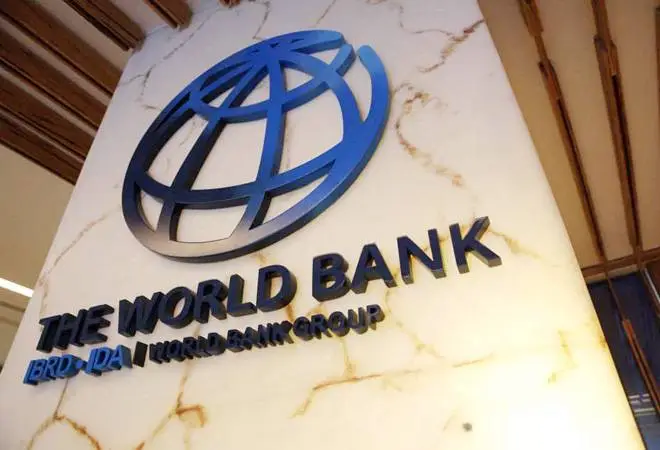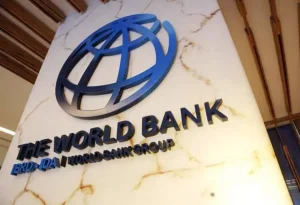
MORE NIGERIANS WILL FALL INTO POVERTY BY 2027 — WORLD BANK

The World Bank has projected that poverty will increase in Nigeria by three percentage points in five years to 2027.
The World Bank made this projection in its Africa Pulse report released on the sidelines of the ongoing Spring Meetings of the IMF and World Bank in Washington DC.
The report, among other information, painted a dire picture of poverty in Nigeria, noting that while economic activity has shown some positive signs, the underlying challenges associated with resource dependence and fragility are projected to escalate poverty levels, demanding focused and effective governance reforms and inclusive economic policies.
The report noted that while Nigeria saw higher-than-expected economic growth in the final quarter of 2024, particularly in its non-oil sector, the country’s status as a resource-rich and fragile nation means it faces a concerning outlook for poverty reduction.
The report indicates that poverty rates in resource-rich, fragile countries, including Nigeria, are expected to increase by 3.6 percentage points between 2022 and 2027, making it the only group in Sub-Saharan Africa with a projected rise in poverty.
The report stated: “Sub-Saharan Africa has the highest extreme poverty rate globally, and a large share of the poor is concentrated in a few countries. About 80 percent of the world’s estimated 695 million extreme poor resided in Sub-Saharan Africa in 2024, compared to 8 percent in South Asia, 2 percent in East Asia and the Pacific, 5 percent in the Middle East and North Africa, and 3 percent in Latin America and the Caribbean.”Within Sub-Saharan Africa, half of the 560 million extreme poor in 2024 resided in four countries. Non-resource-rich countries are expected to continue reducing poverty faster than resource-rich countries. “Thanks to higher prices of agricultural commodities, non-
resource-rich countries will see higher growth overall, despite fiscal pressures. Conversely, resource-rich countries are not expected to grow at the same rate given decelerating oil prices. As a result, resource-rich countries are expected to see less progress in terms of poverty reduction.”Importantly, poverty in resource-rich, fragile countries (which include large countries like the Democratic Republic of Congo and Nigeria) is expected to increase by 3.6 percentage points over 2022–27, being the only group in the region with increasing poverty rates.
“This follows a well-established pattern: resource wealth combined with fragility or conflict is associated with the highest poverty rates—an average poverty rate of 46 per cent in 2024, 13 percentage points above non-fragile, resource-rich countries.
“Meanwhile, non-resource-rich, non-fragile countries saw the biggest gains in poverty reduction since 2000 and fully closed the gap in poverty with other non-resource-rich countries by 2010.”
Consequently, the report suggests that for resource-rich countries like Nigeria, improving fiscal management and developing a stronger fiscal contract with citizens is crucial.
